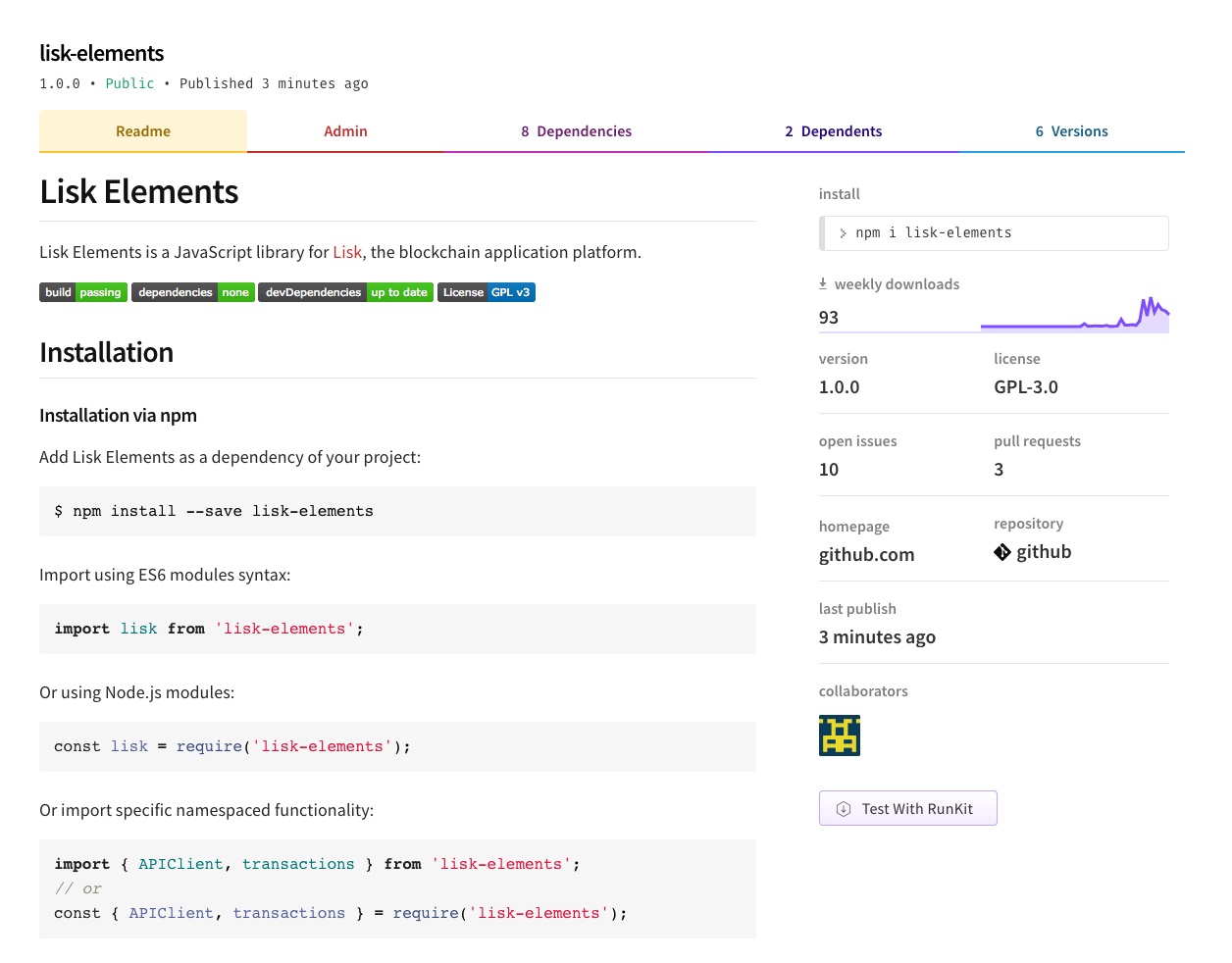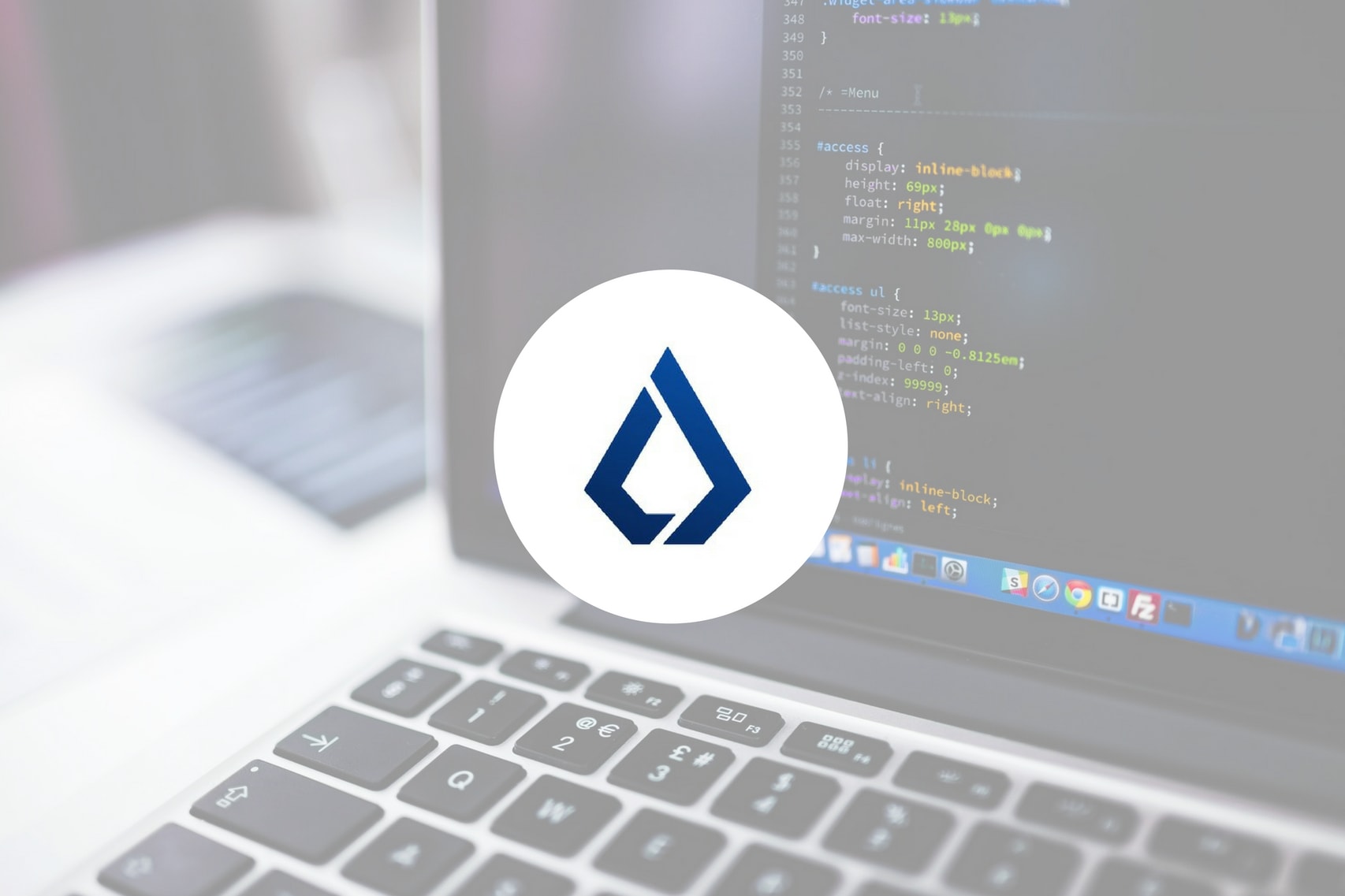Lisk has announced the release of their JavaScript library, Lisk Elements v1.0.0, a resource library for developers on the platform. The new library replaces LiskJS, adding new functions that can be used in existing Lisk products such as Hub and Commander.
The announcement follows a series of releases from the team, including a Core 1.0.0 testnet and Hub 0.10.0.

Lisk Elements revamps the way clients communicate with servers. It categorizes functionality as follows:
- A set of Lisk-related constants
- Relevant cryptographic functions
- Mnemonic passphrase helpers
- Functions for creating, signing, and verifying transactions
- An API client for interacting with nodes on the Lisk network
Developers on the Lisk subreddit welcomed the addition of JavaScript Promises, which allows for more readable and trackable code with respect to asynchronous callbacks. Other notable features include a greater choice of utility functions, renaming of exposed functions and variables, a new resource-based structure for APIs, and a protocol for signing messages with a Lisk passphrase.
The team is considering the various ways they can improve upon Elements, plotting incremental updates moving forward. From v1.1.0, components of Lisk Elements will be released in separate, installable packages. In the long term, efforts will move to SDK packages from core network functionality. Upcoming updates to Lisk Elements will focus on validation and error messages.
The team’s objective appears to give developers all of the basic tools they need to start developing on the platform, which can be expanded upon in time. Furthermore, development on Lisk Elements, along with Hub and Commander, is a prelude to the release of Core on the mainnet, which is expected to launch within the coming months.
Lisk Hub is a comprehensive service that features a wallet, blockchain explorer, and voting mechanism. The team has said they plan a decentralized exchange, sidechain registration, and ICO launching capabilities for the Hub. Commander is simply a Command Line Interface that allows developers to communicate with nodes and execute functions.
The development of Elements, Hub, and Commander will add to Lisk’s viability as a blockchain development platform when its mainnet releases. As such, the team is concentrating on refining these products. Progress on Core can be monitored on the project’s GitHub page.
Lisk markets itself as a “Blockchain Application Platform” that streamlines app development and deployment for JavaScript developers. It is a critical part of web infrastructure and one of the most widely used languages in the world.
The Lisk platform lets developers utilize sidechains that function independently off of the main Lisk chain. Sidechains are customizable, and will eventually be able to host ICOs. Competing projects in this space, like Ark and Stratis, offer similar services but work with different programming languages.
Related: Understanding Lisk (Part 1): The Lisk Platform Explained

